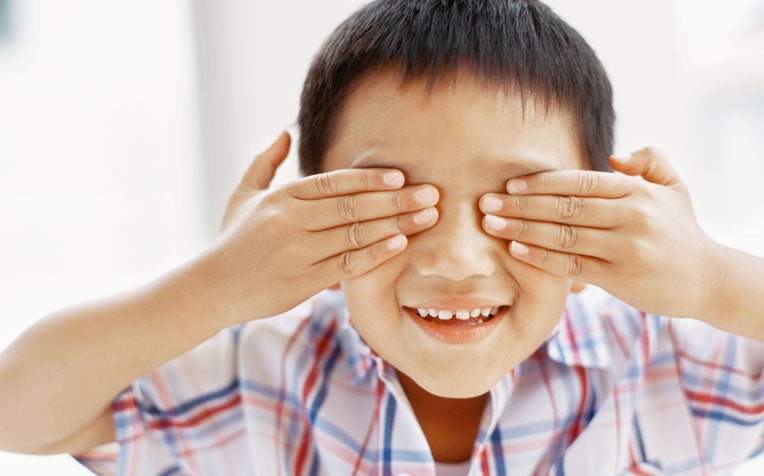
Lazy eye (amblyopia) can affect children as young as three months old.
When it comes to eye problems, early detection and intervention can mean a full recovery, particularly in cases of amblyopia, which is also known as lazy eye.
Amblyopia occurs in young children if the development of vision is suboptimal in the young brain. It is characterised by blurred vision, in one or both eyes, which remains blurred even with spectacles on. Amblyopia can be successfully treated if diagnosed before the age of six.
Beyond this age, it becomes less amenable to treatment and could become permanent. On the other hand, if the child has not developed amblyopia by this age, it is highly unlikely that he will develop it.
"It is important to intervene early for many childhood eye problems. Early detection is key for a full recovery," stresses the Paediatric Ophthalmology & Adult Strabismus Department at Singapore National Eye Centre (SNEC), a member of the SingHealth group. A squint (misalignment of the eye), on the other hand, is an entirely separate medical condition - increasing one’s risk of getting a lazy eye.
Doctors at SNEC see about 250 new cases of amblyopia every year, with patients ranging in age from as young as three months to 14 years. The average age of amblyopia patients is 5.1 years.
How do I know if my child has a lazy eye?
Amblyopia is typically detected during an eye check-up. An eye check-up should be carried out as soon as parents notice an obvious problem with vision, an apparent squint or a droopy eyelid, health professionals advise.
In a typical eye examination for children, eye professionals will check if:
- Both eyes have normal and equal vision
- Both eyes have normal movement and alignment (no squint)
- Both eyes let light in normally
What causes a lazy eye (amblyopia)?
The main causes of amblyopia are uncorrected high refractive error (astigmatism, hyperopia, myopia) and squint. A minority are due to conditions that block vision, such as, droopy eyelids and childhood cataracts.
“When the child sees a blurred image with one eye and a clear image with the other eye, his or her brain will begin to ignore the blurred image and depend more and more on the normal eye. If this continues during early childhood, the vision in the blurred eye may deteriorate further, causing amblyopia,” says Dr Yvonne Ling, Senior Consultant Ophthalmologist with the Paediatric Ophthalmology and Adult Strabismus Department at SNEC.
How is lazy eye (amblyopia) treated?
Amblyopia can be treated in a number of ways, depending on the severity of the condition. Treatment can include:
- Placing an eye patch over the good eye for several hours every day to force the bad eye to be used. The eye patch treatment can take months or even years. Persistence is essential for a cure.
- Spectacles, if indicated, need to be worn all the time.
- For cases of strabismus (squint), patching, spectacles and sometimes surgery may be recommended.
- Surgery may be required for the cataract or droopy eyelid, should either be the cause of amblyopia.
Typically, children with amblyopia will need patching to correct their vision, even though they may be undergoing other treatment methods.
Ref: L20
Contributed by














 Get it on Google Play
Get it on Google Play